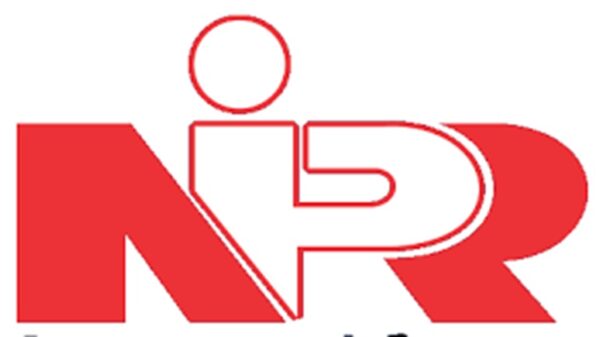As modern software development becomes increasingly reliant on third-party libraries, open-source components, and automated pipelines, the security of the software supply chain has emerged as a top priority.
High-profile breaches like the SolarWinds attack and the Log4j vulnerability have exposed just how fragile the trust model of software dependencies can be.
Developers today must not only write secure code, they must also ensure that everything their systems depend on is equally resilient.
Software engineer Sulaiman Adejumo has had firsthand experience with this growing concern. In one backend project involving sensitive financial data, he worked with his team to redesign their CI/CD pipeline to enforce strict dependency validation and provenance checks.
This included scanning packages against the National Vulnerability Database (NVD), using signed artifacts to verify package origins, and flagging deprecated libraries that had been quietly inherited over time. The adjustments added layers of security without disrupting deployment speed.
The challenge lies in the complexity and decentralization of the modern development ecosystem.
A typical application may rely on hundreds, even thousands, of packages, each potentially maintained by different contributors, governed by varying policies, and updated irregularly. These dependencies often introduce hidden vulnerabilities that traditional application-level security measures can’t catch.
To tackle this, many teams now integrate tools like Dependabot, Snyk, and OSS Review Toolkit directly into their CI/CD pipelines. These tools automate the detection of vulnerabilities and license violations. But automation alone is not enough. Teams are complementing these solutions with human-reviewed whitelists, dependency pinning, and frequent audits. Security, in this context, becomes a continuous discipline, embedded into everyday workflows rather than treated as a one-time fix.
Visibility remains one of the most critical factors. Without a clear map of their dependency tree, developers can’t respond quickly when new threats emerge. This is where software bill of materials (SBOMs) and static analysis come into play.
After the Log4j vulnerability shook the industry, teams that had detailed SBOMs were able to identify and patch affected components far more efficiently than those that didn’t.
Sulaiman’s team maintained a living SBOM for each microservice, allowing them to monitor exposure across their infrastructure in real time.
Another key area is securing the pipeline itself. If attackers compromise build credentials or inject malicious code into upstream repositories, they can bypass traditional security gates altogether. In response, some organizations are adopting zero-trust CI/CD models that enforce identity verification at every stage, use ephemeral build environments, and isolate production credentials from development artifacts.
Compliance is also top-of-mind, particularly in sectors handling user data or operating under strict regulatory oversight. Teams must track and document security practices across the development lifecycle. In some of Sulaiman’s projects, internal tooling was introduced to automate compliance reporting, helping meet requirements without slowing down engineering velocity.
The future of supply chain security lies in a culture of shared responsibility. Developers, security engineers, and DevOps professionals must collaborate closely to anticipate risks and build resilience. With open-source ecosystems continuing to grow and AI-generated code entering the scene, the threat landscape is only getting broader.
But as challenges multiply, so do the opportunities for innovation. By embedding security into design decisions, adopting smart automation, and cultivating situational awareness, engineering teams can build systems that are not just functional, but trusted.
The strongest link in the chain, after all, is the one that was deliberately forged.
![]()



























































